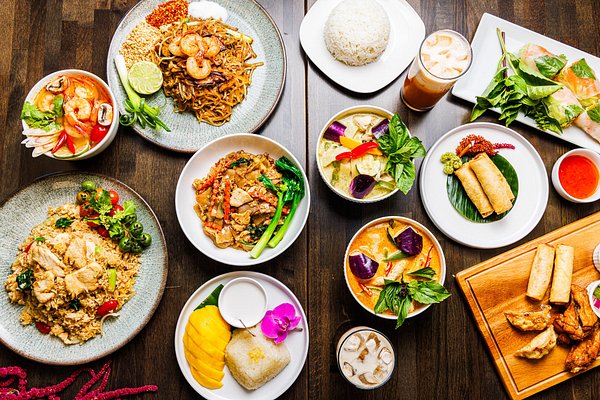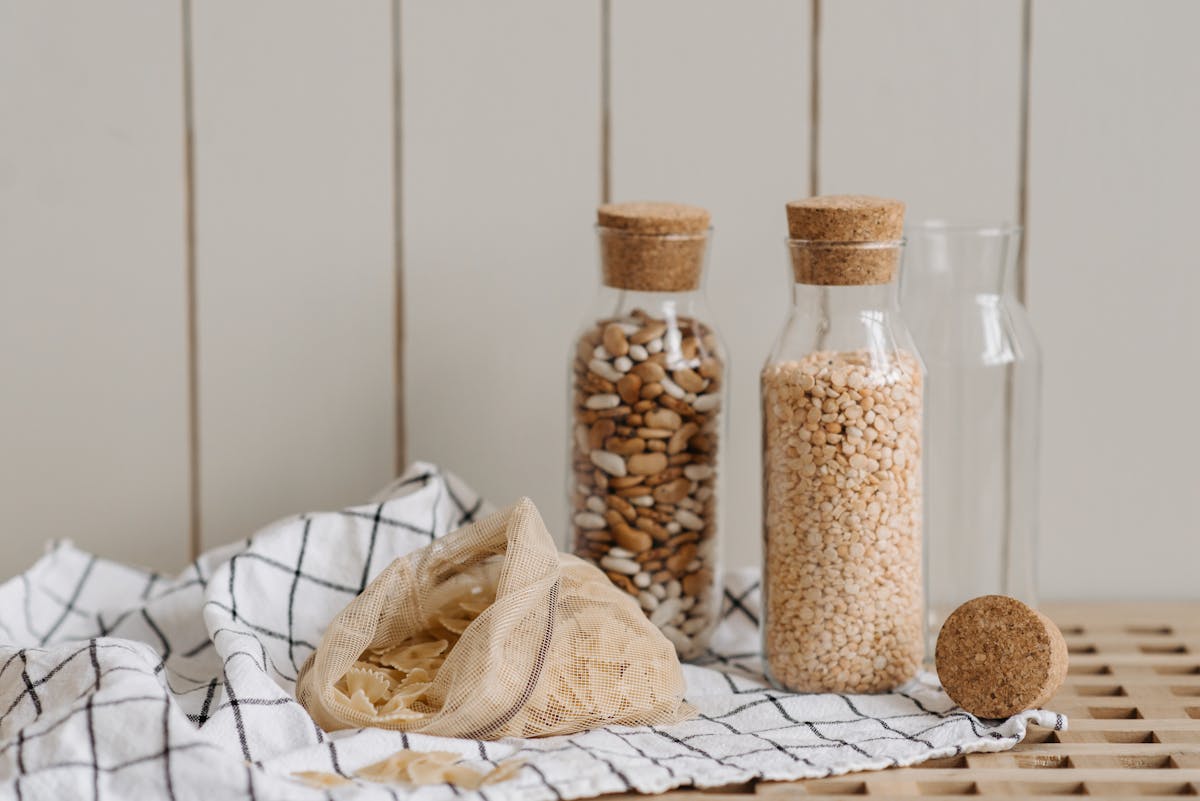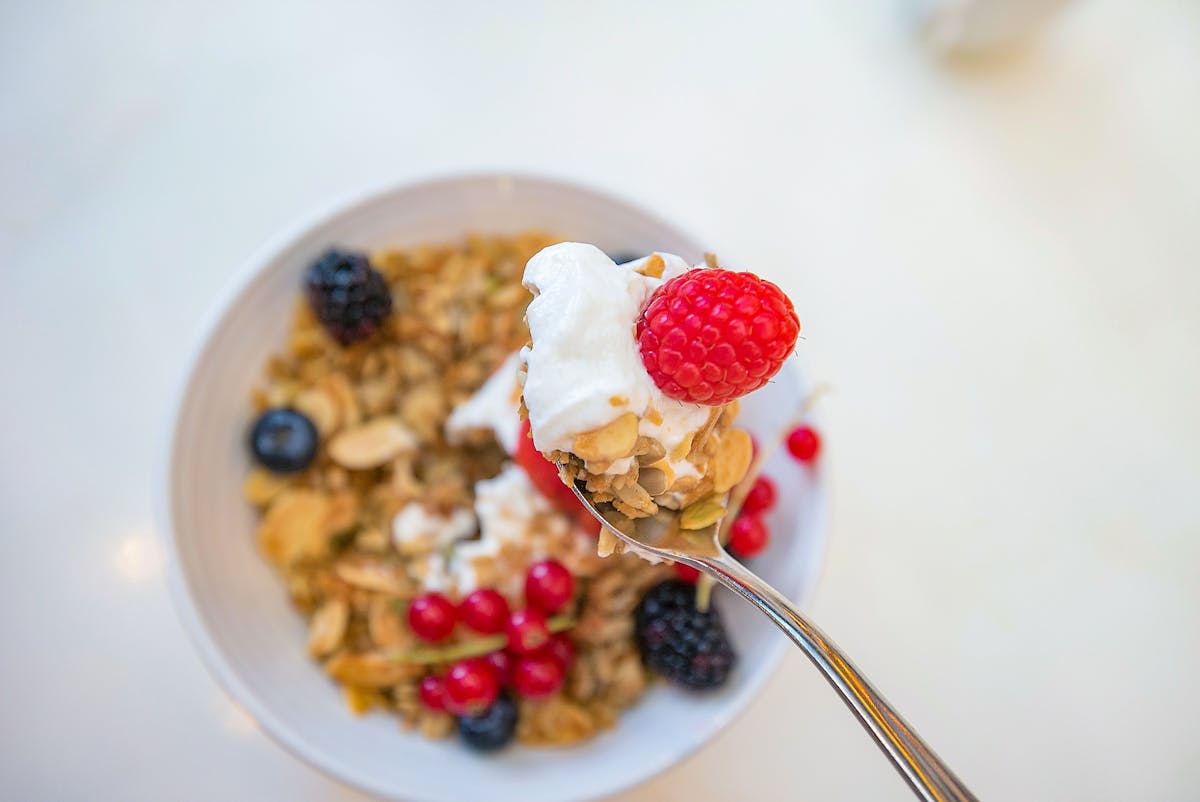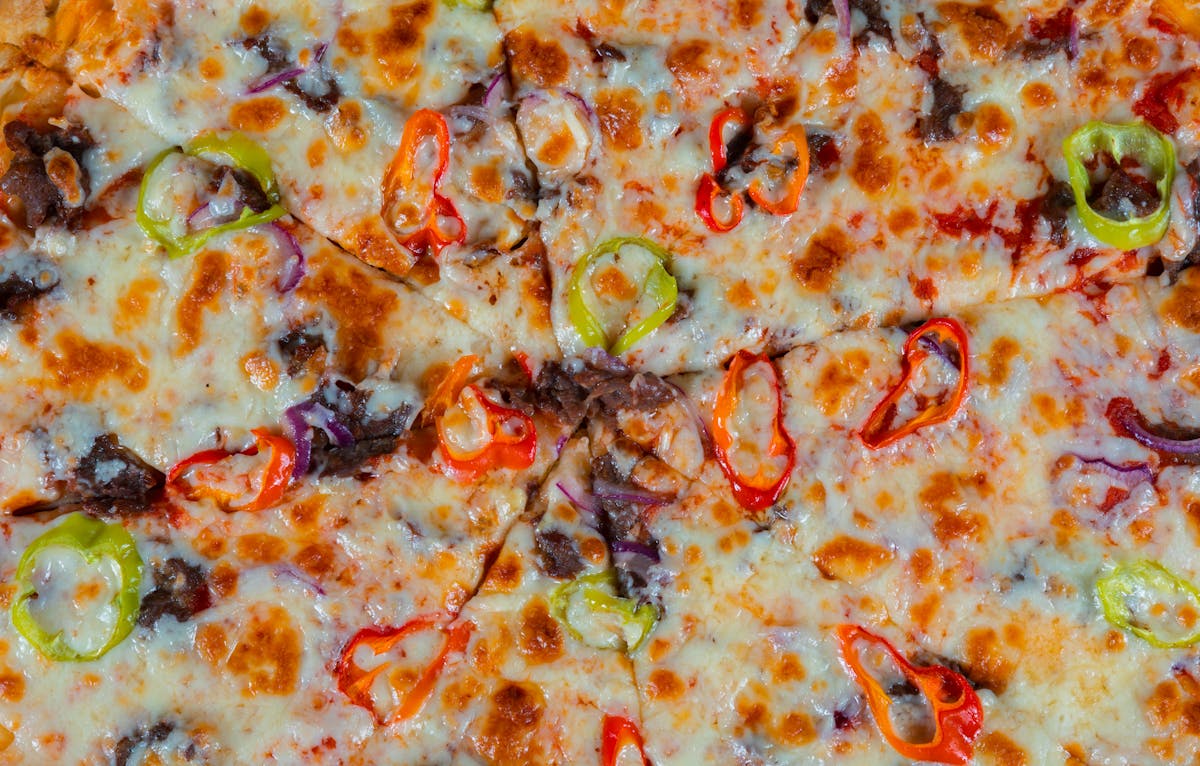When it comes to peppers that pack a punch, few are as famous and iconic as the Scotch bonnet. Known for its intense heat, distinctive shape, and complex flavor, the Scotch bonnet is a staple in Caribbean cooking, particularly in Jamaican dishes. Its name alone often elicits curiosity and admiration among spice lovers and culinary enthusiasts. But what makes the Scotch bonnet so special? In this article, we’ll explore the Scotch bonnet pepper’s origins, flavor profile, culinary uses, and health benefits, making it clear why it deserves a place in your spice cabinet.
What is Scotch Bonnet?
The Scotch bonnet is a small, round, brightly colored pepper that hails from the Caribbean. With its vibrant hues—ranging from red, yellow, orange, and green—this pepper resembles a small, wrinkled bonnet (hence the name “Scotch bonnet”) and has an intense, almost citrus-like aroma.
Scientifically, Scotch bonnets belong to the Capsicum chinense family, which is known for producing some of the hottest peppers in the world. This pepper is a cousin of the Habanero, though the two are distinct in both flavor and heat intensity. While both peppers are known for their fiery heat, Scotch bonnets tend to have a slightly more complex, fruity flavor.
Scotch Bonnet vs. Habanero: What’s the Difference?
Many people confuse the Scotch bonnet with the Habanero, and while they are related, there are key differences. Both belong to the same pepper family and share similar heat levels, but Scotch bonnets are often considered to have a unique flavor profile that sets them apart from the Habanero.
- Flavor: While the Habanero tends to be more straightforward in terms of heat, the Scotch bonnet brings more of a fruity, tangy, and slightly smoky flavor to the table, making it ideal for complex dishes.
- Heat Level: Both peppers are known for their extreme heat, but the Scotch bonnet typically has a Scoville Heat Unit (SHU) rating ranging from 100,000 to 350,000, making it slightly hotter than the Habanero, which usually falls between 100,000 and 250,000 SHU.
- Shape and Appearance: The Scotch bonnet is typically smaller and has a rounder, wrinkled shape, while the Habanero is usually a bit longer and smoother.
Despite these differences, both peppers are known for their fiery intensity and are used interchangeably in many spicy recipes.
The Flavor Profile of Scotch Bonnet
What sets the Scotch bonnet apart from other hot peppers is its distinctive flavor. While the pepper is known for its heat, it also has a rich, fruity undertone that provides a unique complexity to dishes. The fruitiness of the Scotch bonnet makes it an ideal addition to sauces, marinades, salsas, and stews, where the heat is balanced by the pepper’s sweet and tangy notes.
Some describe the flavor of Scotch bonnets as a mix of tropical fruit and citrus with an earthy, smoky finish. This nuanced flavor is one of the reasons the Scotch bonnet is such a popular choice in Caribbean cuisine, where it is often paired with ingredients like mango, pineapple, and lime.
Culinary Uses of Scotch Bonnet
In Caribbean cooking, particularly in Jamaica, the Scotch bonnet is indispensable. It’s used in a variety of traditional dishes to add both heat and flavor. Here are just a few ways you can use Scotch bonnet peppers in your own cooking:
1. Jerk Chicken and Jerk Pork
Perhaps the most famous use of Scotch bonnets is in the preparation of jerk chicken and jerk pork. This iconic Jamaican dish is known for its fiery, flavorful marinade made from a blend of ingredients, with Scotch bonnets being a central component. The peppers provide the heat, while other ingredients like allspice, thyme, and cinnamon add depth to the marinade.
2. Pepper Sauce
Caribbean pepper sauces are often made with Scotch bonnet peppers as their base. These hot sauces are typically mixed with vinegar, garlic, and various spices to create a tangy and spicy condiment that can be used on everything from meats to seafood and even vegetables.
3. Soups and Stews
In Jamaican and other Caribbean cuisines, Scotch bonnets are commonly added to soups, stews, and broths, infusing the dish with both heat and a vibrant flavor. A popular dish that uses Scotch bonnets is Pepper Pot Soup, a hearty Jamaican soup that features meat, vegetables, and of course, Scotch bonnet peppers.
4. Salsas and Marinades
Scotch bonnets also work well in salsas and marinades, where their bright flavor can complement tropical fruits like mango, pineapple, and papaya. The heat of the pepper is tempered by the sweetness of the fruit, making for a balanced and flavorful dish that can be served with grilled meats or seafood.
5. Pickling
Pickling Scotch bonnet peppers is another popular way to preserve them. The pickled peppers can then be used to add an intense kick to sandwiches, tacos, or even as a topping for salads.
Health Benefits of Scotch Bonnet
While Scotch bonnet peppers are known primarily for their heat, they also offer several health benefits due to the bioactive compounds found in them. The main compound responsible for the pepper’s heat is capsaicin, which has been studied for its potential therapeutic properties.
1. Pain Relief
Capsaicin has been shown to have analgesic (pain-relieving) properties and is often used in topical creams for pain management. By applying capsaicin to the skin, it may help alleviate pain from conditions like arthritis and muscle soreness.
2. Boosting Metabolism
Eating spicy foods, particularly those containing capsaicin, can help increase metabolism. This process, known as thermogenesis, causes the body to burn more calories and may help in weight management.
3. Improving Heart Health
Capsaicin is also believed to support heart health by reducing cholesterol levels and improving blood circulation. Studies suggest that eating spicy foods regularly may help lower the risk of heart disease by improving overall cardiovascular health.
4. Rich in Vitamin C
Like many hot peppers, Scotch bonnets are high in vitamin C, which is essential for immune function, skin health, and overall well-being. A single Scotch bonnet can provide a significant portion of your daily vitamin C needs.
Handling Scotch Bonnet Peppers Safely
Due to their extreme heat, it’s important to handle Scotch bonnet peppers with care. Here are some tips to avoid irritation:
- Wear gloves when chopping Scotch bonnets to avoid getting the oil on your skin.
- Avoid touching your face, especially your eyes, after handling the peppers.
- Wash your hands thoroughly with soap and water after handling the peppers.
- If you experience skin irritation, wash the affected area with milk or yogurt, as the fat in dairy can help neutralize the heat.
Frequently Asked Questions (FAQs)
1. How hot is a Scotch bonnet pepper?
The Scotch bonnet ranges from 100,000 to 350,000 Scoville Heat Units (SHU), making it one of the hottest peppers in the world, though it is slightly milder than the Caribbean red pepper.
2. Can I substitute Scotch bonnet peppers with another pepper?
If you don’t have access to Scotch bonnets, you can use Habaneros as a substitute, although the flavor profile may differ slightly. Adjust the quantity according to your heat tolerance.
3. Are Scotch bonnet peppers healthy?
Yes, Scotch bonnets are rich in vitamin C and contain capsaicin, which has been linked to several health benefits, including pain relief, improved metabolism, and heart health.
4. What can I do with extra Scotch bonnets?
You can pickle Scotch bonnets, make hot sauces, freeze them, or incorporate them into salsas and marinades to preserve them for future use.
Conclusion
Scotch bonnet peppers are a true treasure of Caribbean cuisine, bringing a perfect balance of heat and flavor to a wide range of dishes. Whether used in a traditional jerk chicken marinade, a spicy soup, or a tangy pepper sauce, Scotch bonnets add both intensity and depth to any recipe. Their health benefits, from pain relief to boosting metabolism, further add to their appeal. So, the next time you’re looking to spice upyour cooking, consider the Scotch bonnet—the pepper that has earned its place in kitchens worldwide.











